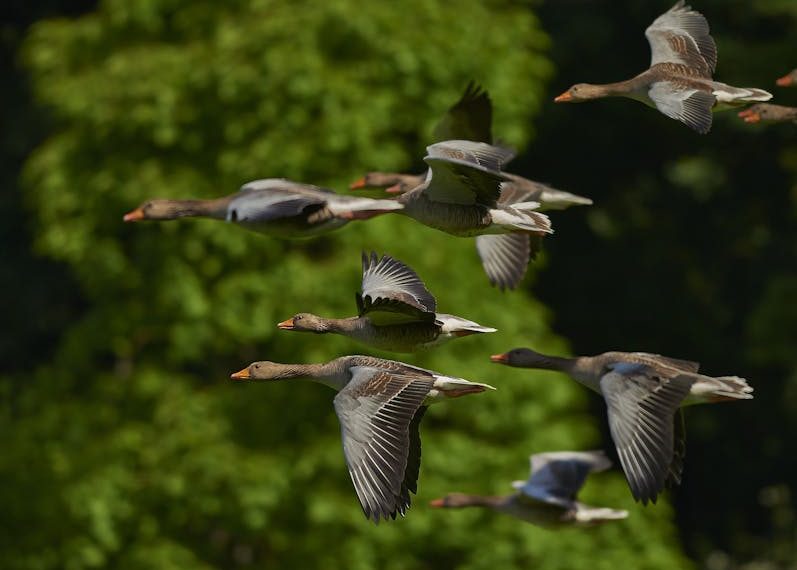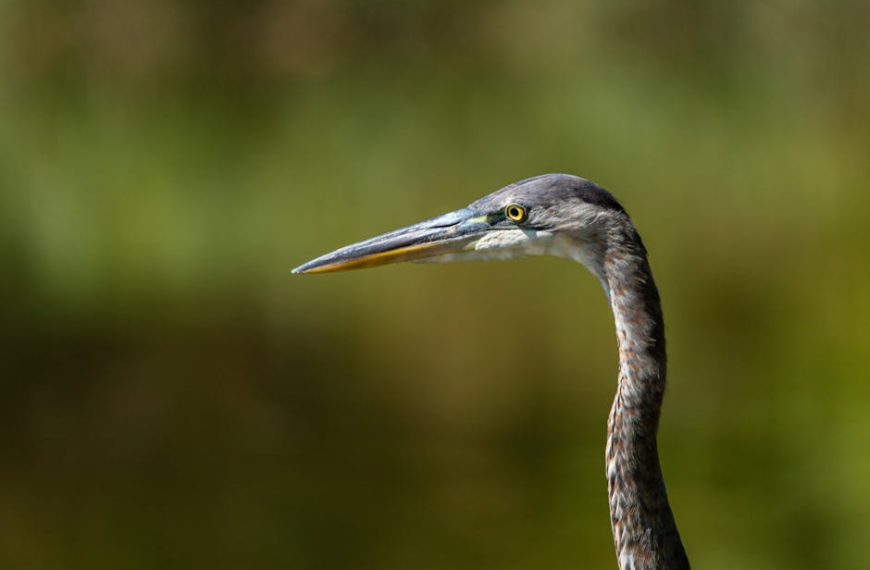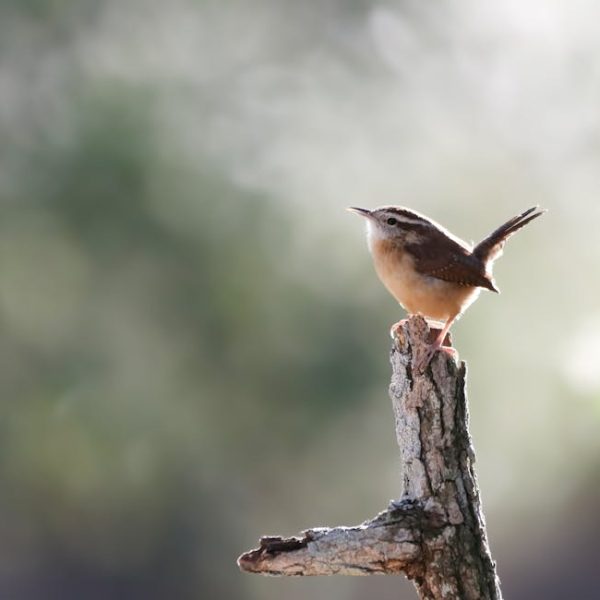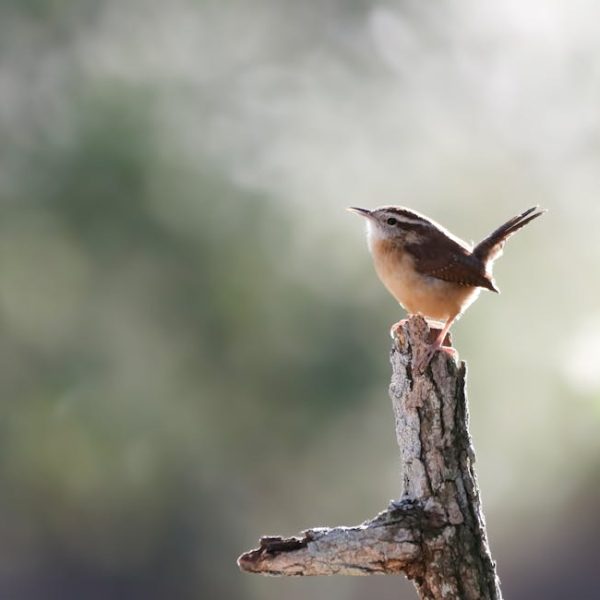When it comes to minor nuisances around the home, birds residing on your roof can certainly be high on the list. While their chirping can be melodious at times, an excess of feathery lodgers causing dirt and noise may not be your cup of tea. Luckily, effective strategies exist to make your abode less appealing to our avian neighbors, ensuring a respectful coexistence.
Tips to Make Your Roof Less Welcoming for Birds
Birds like rooftops for various reasons – it’s a high point, providing them with a great vantage point for potential dangers or food sources, it’s near to home (your home that is), and it can often offer small nooks and crannies for nesting. Making your roof less appealing to our feathered friends simply involves disrupting these advantages.
Several strategies can come in handy:
- Make use of non-reflective materials for the roof: Birds are attracted to shiny things, so swerving away from reflective roof materials can reduce their interest.
- Keep the roof clean: Regularly cleaning the roof from food scraps or small organic debris can reduce their incentive to visit or nest.
- Remove potential nesting sites: Birds are opportunist creatures. By sealing off small holes and covering open vents, you’ll successfully discourage them from nesting.
Tech and Devices to Repel Birds
Fortunately, technology has offered various solutions to bird dilemmas. Numerous devices specifically designed to deter birds can be integrated into your roof design, further making your home off-limits.
Looking at bird deterrent devices, we have sound deterrents, bird spikes, and visual scares. Sound deterrents, as the name suggests, use noise to frighten the birds away. Bird spikes, on the other hand, prevent birds from landing, while visual scares use frightening visuals to keep them away.
| Devices | Pros | Cons |
|---|---|---|
| Sound deterrents | Effective at scaring away birds | May cause noise pollution |
| Bird spikes | Prevents birds from landing and nesting | May be unappealing aesthetically |
| Visual scares | Keeps birds away without causing harm | Can become less effective over time |
When installing these devices ensure they are displayed prominently. Birds are smart and will soon figure out if these devices are not a real threat.
Using Natural Bird Repellents
For those looking to repel their winged visitors while remaining environmentally friendly, natural bird repellents present an excellent solution. Beneficial for both birds and humans, these natural repellents offer a harm-free method to deter birds.
Popular natural bird repellents include:
- Essential oils: Especially peppermint, eucalyptus, and citronella. Birds dislike their strong scent.
- Spices: Much like oils, birds aren’t fans of strong-smelling spices, chilli powder, or cayenne pepper.
- Predator decoys: An old-fashioned scarecrow may just do the trick!
Consider making homemade natural repellents. A combination of spices or essential oils, coupled with a medium like sprayable water or garden mulch can often deter many types of birds. Placement is key, and refreshing or replacing homemade solutions every few weeks can keep your house off-limits for unwanted avian attention.
Maintenance and Regular Checks as Deterrents
Proactive maintenance and frequent checks are two of the most effective strategies in bird repelling. Remember, it’s significantly easier to prevent an infestation than to deal with an existing one. This is especially true for pest bird species that are notorious for causing significant damage if left unchecked.
Here’s what your maintenance routine should look like:
- Regular cleaning: Schedule periodical deep cleaning of your roof to get rid of any small food particles or organic debris that could attract birds.
- Frequent checks: Be on the lookout for signs of nesting birds, such as an accumulation of droppings, nests, or an increasing number of bird visits.
- Assess and address gaps: Check for potential nesting areas on your roof and seal them off promptly.
- Inspection of deterrents: Ensure that all the bird deterrent devices you’ve installed are functioning properly.
Implement these tasks into your routine. A little bit of prevention can avoid a whole lot of headache (and tweeting!) down the line.
Legal and Ethical Considerations When Handling Bird Deterrence
While it’s important to protect your home from potential bird-related issues, it’s also important to remember that many bird species are protected by law and mistreating them can have serious legal and ethical consequences.
Approaching the situation with an eye on ethics gives you several safe and humane options:
- Relocation: If nests have already been formed, consider hiring a professional to safely relocate the birds.
- Bird houses: Build a bird house away from your home. Birds will still have a place to nest without being an inconvenience.
Remember, if you’re dealing with a protected species nesting on your rooftop, you must get professionals involved. Many reputable wildlife removal companies are well-versed in the laws pertaining to protected birds. They can safely and legally handle the situation, ensuring that the birds are not harmed in the process.
When dealing with birds on your roof, it’s crucial to find a deterrent method that is both effective and ethical, ensuring harmony of both parties. With the strategies outlined in this guide, you can keep your home free from unwanted avian tenants while still treating them with respect and care.
Key Takeaway:
- Making your roof less attractive to birds through cleaning, removing potential nesting sites, and using non-reflective materials can prevent bird infestation.
- Options for bird deterrence include technical devices like sound deterrents, bird spikes, and visual scares.
- Natural bird repellants such as essential oils, spices and predator decoys are environmentally friendly options for keeping birds away.
- Regular roof cleaning and inspection can help identify and address bird issues before they escalate.
- Remember to consider ethical and legal aspects when dealing with birds, as some species are protected and require humane handling.
Peaceful co-existence with our avian neighbors is possible with the right planning and strategy. Remember the importance of being proactive, patient, and compassionate in dealing with these situations. Your home can remain bird-free without causing harm to these beautiful creatures.
FAQs
Q: Can I use a combination of these deterrent measures?
A: Absolutely, using a mixture of techniques can often enhance efficacy and results.
Q: Are the bird spikes harmful to the birds?
A: Bird spikes are designed to deter birds from landing but not to harm them. The spikes discourage birds without causing them injury.
Q: How often should I do roof inspections for birds?
A: Frequency may depend on the season and your area’s bird population. Generally, a monthly check would be sufficient.
Q: What kind of professional should I contact when birds have already nested on my roof?
A: Contact a reputable wildlife removal company. They have the experience and knowledge for safe and legal bird relocation.
Q: Can bird deterrent devices negatively impact other wildlife?
A: Most bird deterrents are designed to specifically target birds. However, if you notice a negative impact on other wildlife, it would be best to consult with a wildlife expert or consider other deterrent methods.
We hope you found this guide useful. Please feel free to share it with friends and neighbors who might be dealing with similar issues. Explore more of our posts for other helpful insights and tips.












